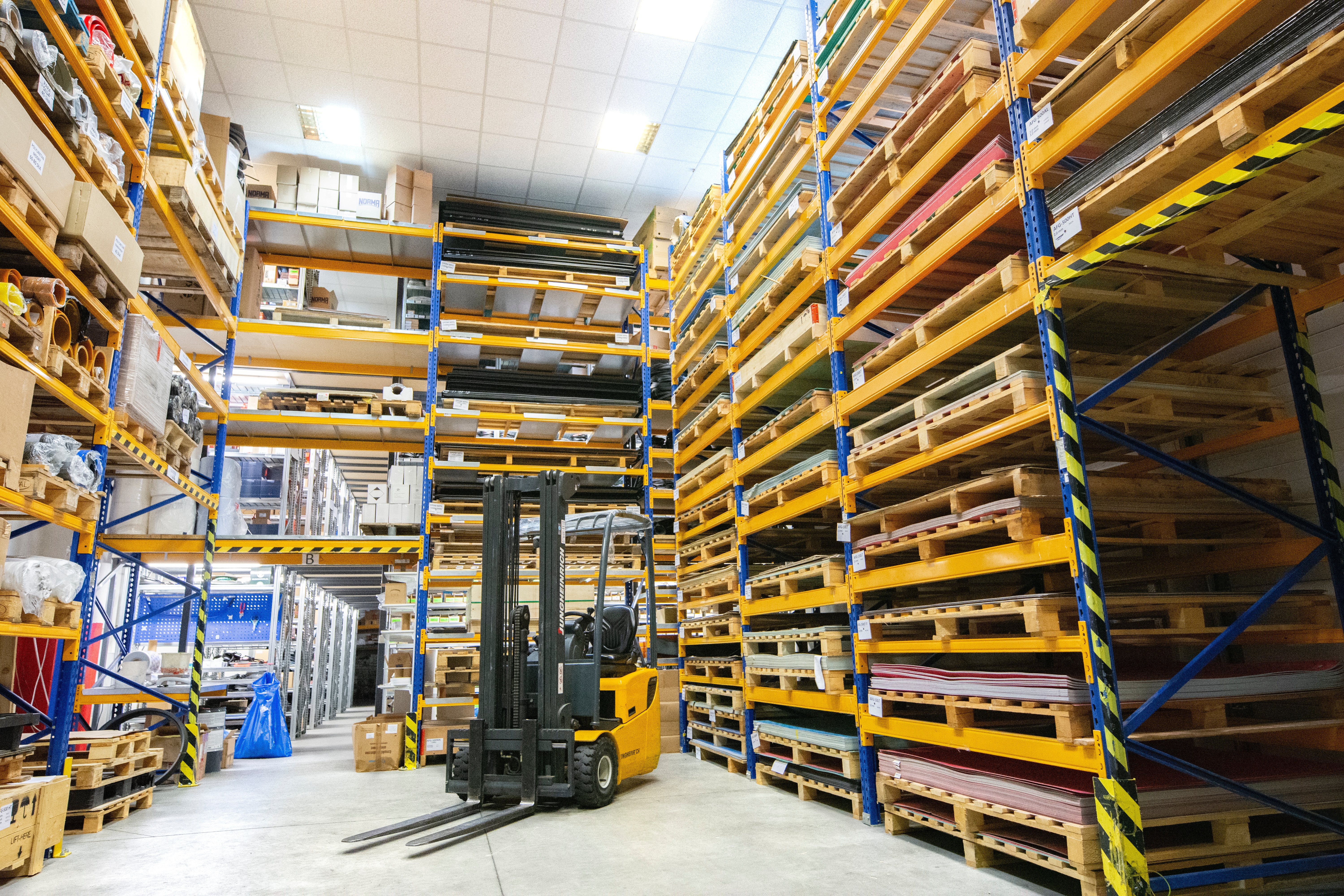Forklifts are essential machines for many industries – but they also come with risks. These heavy vehicles have the potential to cause severe injuries, fatalities and costly equipment damage.
Creating and enforcing a robust set of forklift health and safety rules should be a priority for all business owners. Other protection measures include installing forklift barriers, training all relevant staff and promoting forklift pedestrian safety.
In this article, we’ll dig into forklift safety practices and explore how Armco safety barriers can help keep your workplace free from accidents.
Forklift health and safety rules for drivers
Safety is the number one priority when it comes to operating forklifts in a workplace environment. Forklift health and safety rules are designed to reduce accidents and ensure the well-being of everyone.
- Proper training. Forklift drivers should undergo certified training programs to understand how to operate a forklift – not just learning the controls and load handling, but also how to navigate in different environments and what to do in the event of a malfunction or collision.
- Regular maintenance. Forklifts, like any other heavy machinery, need regular maintenance. Businesses need to ensure that brakes, steering, and hydraulics are in optimal condition and should implement a system to ensure this is checked regularly. Neglecting maintenance can lead to accidents due to mechanical failures.
- Safe speeds. It’s essential that drivers stick to safe speed limits when operating forklifts, especially when manoeuvring around corners or in crowded areas. Businesses should ensure maximum speed limits are clearly signposted in the workplace.
- Pedestrian awareness. If the forklift is sharing a space with pedestrians, this requires extra attention and cautiousness. Forklift operators should always be vigilant of their surroundings, and business owners should ensure there is appropriate signage and safety barriers in place to protect pedestrians.
Forklift pedestrian safety: a team effort
Keeping people safe around forklifts isn’t just up to the drivers – everyone has a part to play. Any employee who works in an area where forklifts operate should be trained and informed of the relevant health and safety rules.
Here are some other ways to help ensure pedestrian safety around forklifts:
- Clear pathways. Ensure that pedestrian walkways are clearly marked and unobstructed. This clarity reduces the chances of accidents and makes it easier for forklift operators to navigate safely.
- Establish clear communication protocols between forklift operators and pedestrians and ensure all staff are trained in them. Hand signals, warning signs, and audible alarms are effective means of alerting others to a forklift’s presence.
- High-visibility gear. Any employees working near forklifts should wear high-visibility clothing. This enhances their visibility to operators, reducing the risk of accidental collisions.
- No-go areas. Designate and enforce no-go zones for pedestrians. These areas should be strictly off-limits to anyone not operating a forklift.
The role of forklift barriers
Implementing forklift safety barriers is a proactive step to help prevent accidents in the workplace.
Training staff and raising awareness is important, but forklift safety should also take human error into account. Forklift protection barriers add an extra layer of defence, mitigating the impact of accidents when they do occur.
Whether it’s a factory, warehouse or construction site – these safety barriers act as the first line of defence in keeping personnel and equipment safe.
READ MORE: Why you need a forklift barrier
Types of forklift protection barriers
- Armco safety barriers. These galvanised steel barriers help define lanes of traffic, separating forklifts from pedestrian pathways. Their smart W-shaped design also helps prevent serious damage in the event of a collision.
- Rack protectors. Forklifts are often used for stacking and unstacking heavy loads on racks. Installing rack protection barriers helps prevent accidents caused by collisions with racks.
- Pedestrian guardrails. Steel safety barriers are indispensable in areas where pedestrians and forklifts share the same space. These barriers create a physical barrier between the two, reducing the risk of personnel injury.
- Safety bollards. Safety bollards act as protectors for key assets, structures, or sensitive areas within a facility. They absorb impact and prevent forklifts from causing extensive damage.
Forklift barriers from CT Safety Barriers
Forklift safety is no joke. Accidents can be serious, from employee injuries to expensive equipment damage. By enforcing forklift health and safety rules, installing forklift barriers and promoting pedestrian awareness, you can help protect your staff and your business.
CT Safety Barriers produce, supply and install Armco safety barriers to businesses across the UK and Europe. Our galvanised steel barriers offer essential workplace protection, reducing the risk of a forklift collision and helping your workplace remain accident-free.

